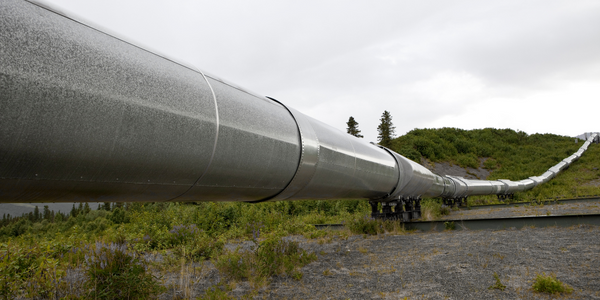Technology Category
- Functional Applications - Inventory Management Systems
- Platform as a Service (PaaS) - Application Development Platforms
Applicable Industries
- Oil & Gas
- Transportation
Applicable Functions
- Logistics & Transportation
- Warehouse & Inventory Management
Use Cases
- Inventory Management
- Picking, Sorting & Positioning
Services
- System Integration
About The Customer
The customer is one of the world's largest publicly traded international oil and gas companies. The company was struggling with data challenges, lack of inventory visibility, and inefficient planning processes. The company's data structures were complex and unorganized, leading to a lack of a single source of truth. The company's forecasting process was predominantly manual, resulting in high inventory levels. The company was more focused on execution rather than planning, leading to a lot of day-to-day volume management and firefighting.
The Challenge
One of the world's largest publicly traded international oil and gas companies was grappling with highly manual and Excel-driven planning processes. The company was facing significant data challenges and a lack of inventory visibility. The data structures were complex and unorganized, making it difficult for the company to maintain an overview of all data and processes. This led to the absence of a single source of truth. Furthermore, the company's forecast accuracy was low, and it relied heavily on manual, lagging indicators in the forecasting process. This resulted in excessively high inventory levels. The company's focus was more on execution rather than on planning, leading to a lot of day-to-day volume management and firefighting.
The Solution
The company partnered with o9 to address these challenges. o9 provided a unique capability to have full visibility over sales, inventory, and supply chain planning on an integrated, single source of truth, cloud-native platform. This helped the company to streamline its data and processes. Additionally, o9 helped the company optimize and reduce inventory levels by incorporating internal and external drivers of demand into o9’s highly differentiated Machine Learning forecasting capabilities. This significantly improved the company's forecast accuracy. Furthermore, all planning processes were managed in the o9 platform, freeing up time for the company to start mid-range planning and focus on other strategic priorities. The o9 Enterprise Knowledge Graph was used to build demand, inventory optimization, and supply-knowledge models. This allowed for running the entire process in a single integrated platform without the need for further integration.
Operational Impact
Quantitative Benefit

Case Study missing?
Start adding your own!
Register with your work email and create a new case study profile for your business.
Related Case Studies.

Case Study
Taking Oil and Gas Exploration to the Next Level
DownUnder GeoSolutions (DUG) wanted to increase computing performance by 5 to 10 times to improve seismic processing. The solution must build on current architecture software investments without sacrificing existing software and scale computing without scaling IT infrastructure costs.

Case Study
Remote Wellhead Monitoring
Each wellhead was equipped with various sensors and meters that needed to be monitored and controlled from a central HMI, often miles away from the assets in the field. Redundant solar and wind generators were installed at each wellhead to support the electrical needs of the pumpstations, temperature meters, cameras, and cellular modules. In addition to asset management and remote control capabilities, data logging for remote surveillance and alarm notifications was a key demand from the customer. Terra Ferma’s solution needed to be power efficient, reliable, and capable of supporting high-bandwidth data-feeds. They needed a multi-link cellular connection to a central server that sustained reliable and redundant monitoring and control of flow meters, temperature sensors, power supply, and event-logging; including video and image files. This open-standard network needed to interface with the existing SCADA and proprietary network management software.

Case Study
Refinery Saves Over $700,000 with Smart Wireless
One of the largest petroleum refineries in the world is equipped to refine various types of crude oil and manufacture various grades of fuel from motor gasoline to Aviation Turbine Fuel. Due to wear and tear, eight hydrogen valves in each refinery were leaking, and each cost $1800 per ton of hydrogen vented. The plant also had leakage on nearly 30 flare control hydrocarbon valves. The refinery wanted a continuous, online monitoring system that could catch leaks early, minimize hydrogen and hydrocarbon production losses, and improve safety for maintenance.

Case Study
Airport SCADA Systems Improve Service Levels
Modern airports are one of the busiest environments on Earth and rely on process automation equipment to ensure service operators achieve their KPIs. Increasingly airport SCADA systems are being used to control all aspects of the operation and associated facilities. This is because unplanned system downtime can cost dearly, both in terms of reduced revenues and the associated loss of customer satisfaction due to inevitable travel inconvenience and disruption.

Case Study
IoT-based Fleet Intelligence Innovation
Speed to market is precious for DRVR, a rapidly growing start-up company. With a business model dependent on reliable mobile data, managers were spending their lives trying to negotiate data roaming deals with mobile network operators in different countries. And, even then, service quality was a constant concern.








